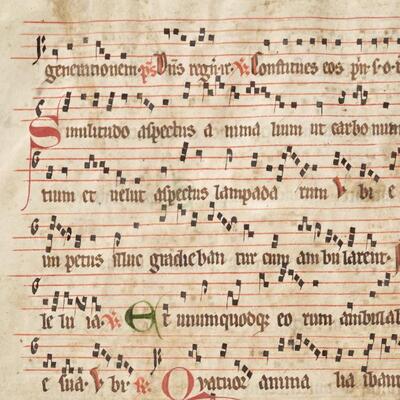IDEM is an interdisciplinary and multifaceted database of manuscripts and printed books that are relevant to the Alamire Foundation's research and activities. It therefore especially focuses on the musical heritage of the Low Countries from the early Middle Ages until 1800.
IDEM contains digital images of manuscripts and prints digitized by the Alamire Digital Lab, the high-technology photography centre of the Alamire Foundation (KU Leuven – Musicology Research Unit). Its state-of-the-art equipment allows musical sources to be photographed following the strictest standards and quality requirements.
The core database is complemented by interrelated sub-databases that enable the consultation and study of manuscript and printed sources from multiple perspectives. IDEM will eventually contain information about every aspect of the manuscripts and books concerned, including their physical characteristics, their content and illumination, as well as recordings, editions and so-called 'fake-similes' (adapted versions of the original images, facilitating performance from the original notation).
IDEM is thus designed to be an online, freely accessible platform and tool for the preservation, study, and valorisation of the music heritage of the Low Countries.


